Concrete Floor Grinding Costs: Your Ultimate Price Guide
In the realm of construction and renovation, concrete floor grinding stands as a pivotal process, transforming rough surfaces into polished, durable floors. Understanding the intricacies of its costs is essential for anyone embarking on a project. From the size of the floor to regional variations, and the choice between DIY and professional services, numerous factors influence the expenses.
This guide navigates these elements, shedding light on the critical aspects of concrete floor grinding costs, empowering readers to make informed decisions for their projects.
A. Explanation of Concrete Floor Grinding
- Concrete floor grinding is a specialized process that involves using abrasive tools to smooth, level, and polish a concrete surface. It is a crucial step in construction and renovation projects, ensuring the floor’s durability, aesthetics, and safety.
B. Importance of Grinding Concrete Floors
- Grinding concrete floors removes imperfections such as rough patches, uneven surfaces, or old coatings, transforming them into smooth, polished, and aesthetically pleasing surfaces. This process not only enhances the appearance of the floor but also improves its longevity and strength.
C. Overview of Factors Influencing Costs
- Several factors impact the costs associated with concrete floor grinding. Understanding these factors, such as the type of grinding required, the size and condition of the area, accessibility, equipment, labor, and additional services, is essential for accurate budgeting and successful project planning.
Contents
Factors Affecting Cost
A. Floor Size
- How Square Footage Impacts the Cost:
- Larger areas demand more resources, leading to increased costs due to higher labor, equipment, and material consumption.
- Cost Example: A 1,000-square-foot area may cost between $800 to $1,200 for grinding services in China.
- Cost per Square Foot Estimates:
- Contractors estimate costs based on total square footage, with larger areas having a lower cost per square foot due to economies of scale.
- Cost Example: Large areas (above 1,000 square feet) might have a cost per square foot of $0.80, whereas smaller areas (below 500 square feet) could cost $1.20 per square foot.
B. Level of Grinding
- Different Levels of Grinding (Light, Medium, Heavy):
- Light grinding addresses minor imperfections, medium levels uneven surfaces, while heavy grinding is for substantial leveling and polishing, impacting costs accordingly.
- Cost Example: Light grinding may cost around $500 for a 500-square-foot area, while heavy grinding for the same area might cost $900.
- Cost Variations for Each Level:
- Light grinding costs less than medium or heavy grinding due to its less intensive nature.
- Cost Example: Light grinding might cost $1.00 per square foot, whereas heavy grinding can cost $1.80 per square foot.
C. Surface Condition
- Discussing the Current State of the Concrete (Old, New, Damaged):
- Damaged surfaces require more aggressive grinding, leading to higher costs, whereas new or well-maintained surfaces are easier and cheaper to grind.
- Cost Example: Repairing damaged surfaces might add $200 to $300 extra for a 500-square-foot area.
- How Surface Condition Affects Costs:
- Repairing imperfections before grinding can increase costs, while smoother, newer surfaces require less intensive and therefore less expensive grinding.
- Cost Example: Repairing imperfections might cost $0.50 per square foot, while grinding a smooth surface may cost $0.30 per square foot.
D. Equipment and Labor
- Cost Breakdown for Equipment Rental or Hiring Professionals:
- The choice between renting equipment and hiring professionals impacts costs. Equipment rental costs vary based on type and size.
- Cost Example: Renting medium-sized grinding equipment might cost $150 to $200 per day in China.
- Labor Costs Involved in the Grinding Process:
- Skilled labor costs include wages for workers operating machinery, assessing surface conditions, performing repairs, and can fluctuate based on the complexity of the job and required expertise.
- Cost Example: Skilled labor costs might range from $20 to $30 per hour, contributing significantly to the overall project expenses.
Additional Services
A. Sealing and Polishing
- The Cost of Sealing and Polishing Concrete after Grinding:
- Cost varies based on the square footage and the type of sealant and polish used.
- Cost Example: Sealing and polishing for a 500-square-foot area might range from $400 to $800, depending on the quality of materials chosen in China.
- Benefits of These Additional Services:
- Enhances aesthetics, durability, and resistance to stains, wear, and impact.
B. Repairs
- Estimating the Cost of Repairing Damaged Concrete:
- Expenses depend on the extent of damage, ranging from minor crack filling to extensive leveling.
- Cost Example: Repairing minor cracks in a 100-square-foot area might cost around $150, while leveling and smoothing the surface for the same area could cost $300 to $500.
- Why Repairs Might Be Necessary:
- Ensures safety, prevents tripping hazards, and avoids future major repairs. Repair costs are essential investments in maintaining the longevity and safety of the flooring.
Regional Variations
A. How Location Affects the Cost of Concrete Floor Grinding
- Labor Rates: In major cities like Shanghai or Beijing, labor rates can range from $20 to $40 per hour, while in less urban areas, rates might drop to $15 to $30 per hour, significantly impacting the overall project costs.
- Material Costs: Material prices for concrete grinding equipment rental in cities such as Guangzhou or Shenzhen can vary from $80 to $300 per day, while in smaller towns, it might range from $60 to $250 per day, showing regional disparities in equipment costs.
B. Regional Cost Examples
- Urban Areas: For a 1,000-square-foot floor project in cities like Shanghai, the total costs can exceed $2,500 due to higher labor and equipment rental expenses.
- Rural Regions: In less populated areas such as Yunnan or Inner Mongolia, the same project might cost around $1,800, thanks to lower labor rates and equipment costs, highlighting the impact of regional variations on the overall project budget in China.
DIY vs. Professional Grinding
A. Doing It Yourself vs. Hiring Professionals
- Cost Comparison:
- DIY grinding might seem cost-effective initially, but hidden expenses such as equipment rental (around $80 to $150 per day in China), potential mistakes, and time invested should be weighed against the upfront professional service cost.
- Consideration of Long-Term Expenses:
- Professionals have expertise, reducing chances of mistakes that might require costly fixes later, balancing the initial higher cost with potential long-term savings.
B. Pros and Cons of Each Option
- DIY Pros:
- Personal control, potential cost savings, and flexibility in scheduling are advantages; however, limited knowledge and skills might lead to subpar outcomes.
- Cost Example: DIY tools and materials might cost around $300 to $500 for a small area.
- DIY Cons:
- Limited expertise can result in uneven results and additional expenses; the learning curve might consume valuable time and effort, making DIY a less efficient choice.
- Professional Pros:
- Experts bring skills, equipment, and efficiency, ensuring high-quality results, saving time, reducing stress, and offering warranties for their work, making it a reliable and convenient option.
- Cost Example: Professional grinding services for a 500-square-foot area might cost between $800 to $1,200 in China.
- Professional Cons:
- Higher upfront costs can be a drawback; however, these are often outweighed by the benefits of professional expertise, time saved, and superior results, making it a worthwhile investment for many projects.
Cost Saving Tips
A. Tips for Reducing Costs
- Perform regular maintenance to prevent extensive damage.
- Efficiently plan the project scope and timeline.
- Obtain multiple quotes from contractors for competitive pricing.
- Consider partial grinding for areas with minor imperfections to reduce overall costs.
B. DIY Cost-Cutting Strategies
- Rent grinding equipment instead of purchasing.
- Research and learn proper techniques beforehand to avoid mistakes.
- Focus on smaller areas if inexperienced in concrete grinding.
- Consider DIY for simpler tasks, opting for professional help with complex or large-scale projects to balance costs.
Conclusions
In conclusion, understanding the nuances of concrete floor grinding costs is vital for effective project planning. Factors like floor size, level of grinding, surface condition, regional disparities, and the choice between DIY and professional services all play a significant role. Sealing, polishing, and repair services add to the overall expenses.
To make informed decisions, obtaining detailed quotes tailored to specific project needs is crucial. By weighing these factors and planning accordingly, individuals and businesses can ensure cost-effective and successful concrete floor grinding projects.
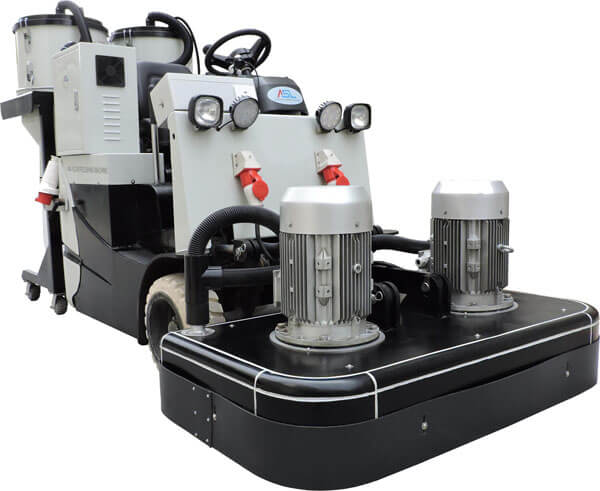
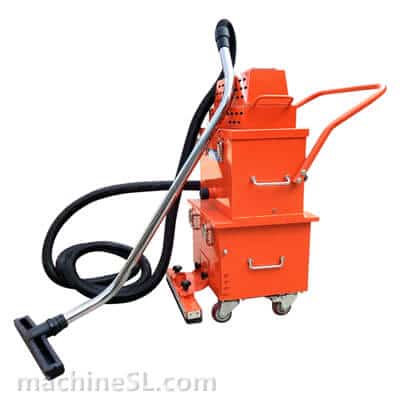
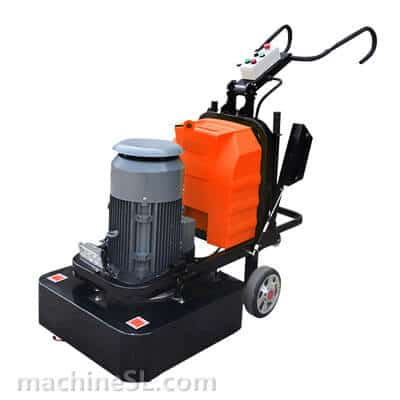
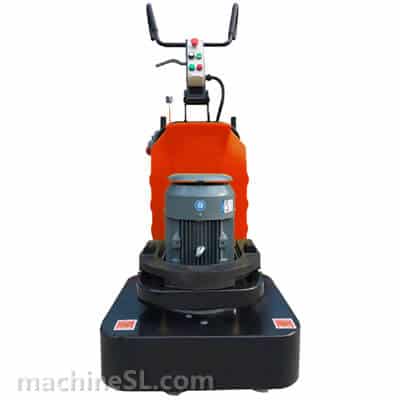
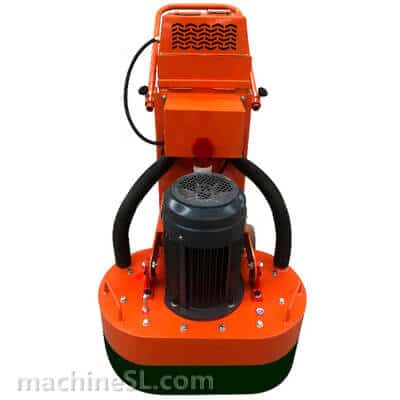
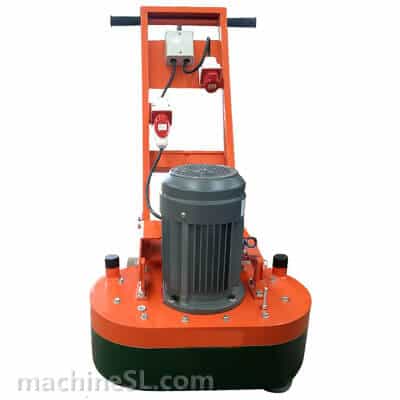
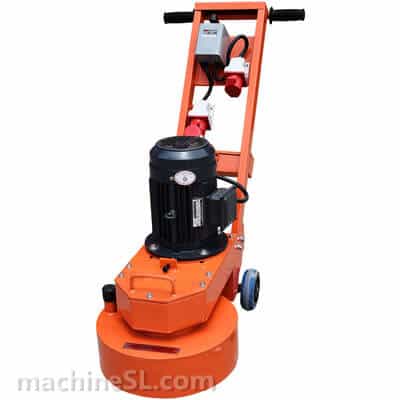
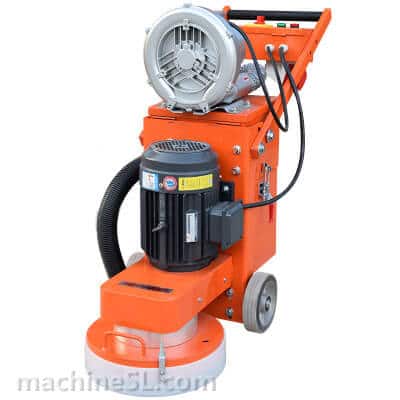
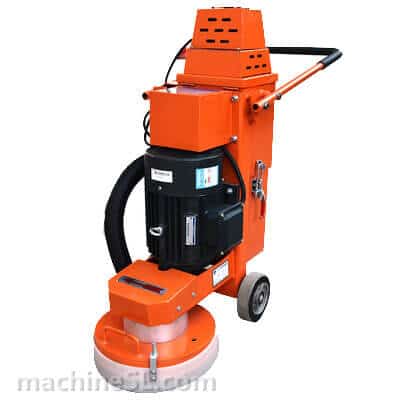
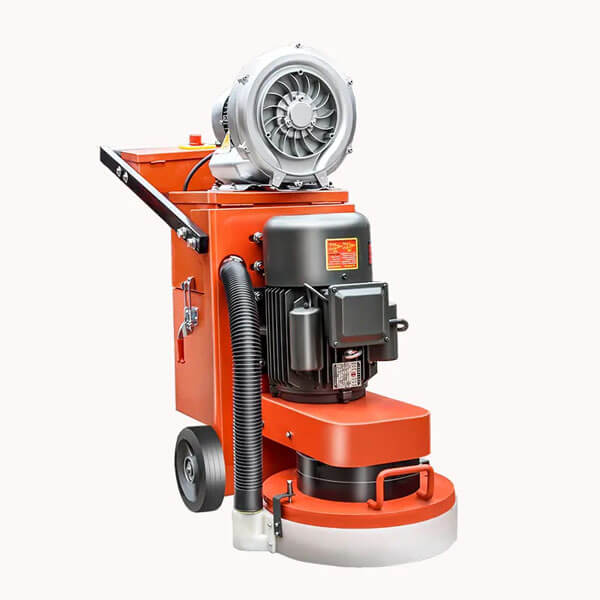
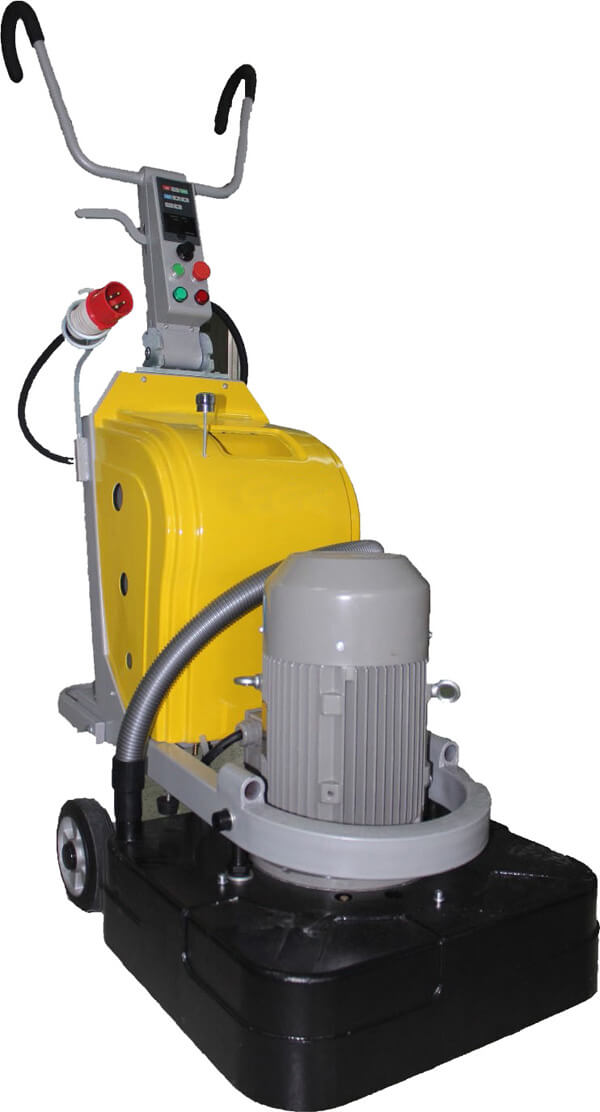
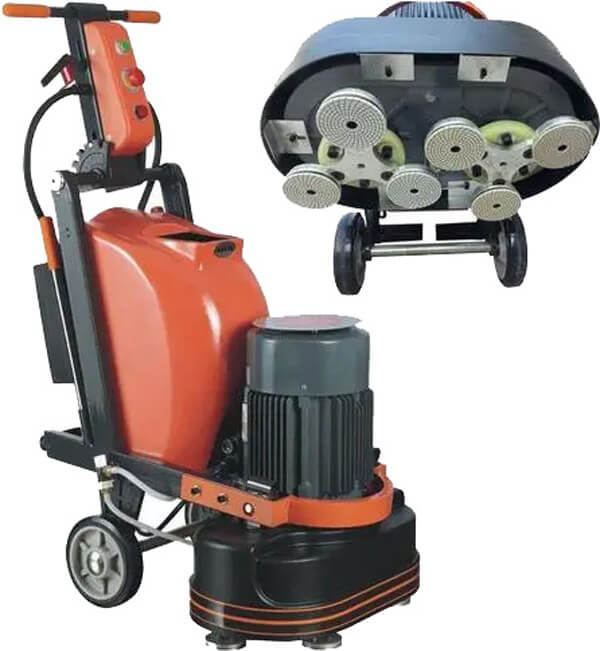
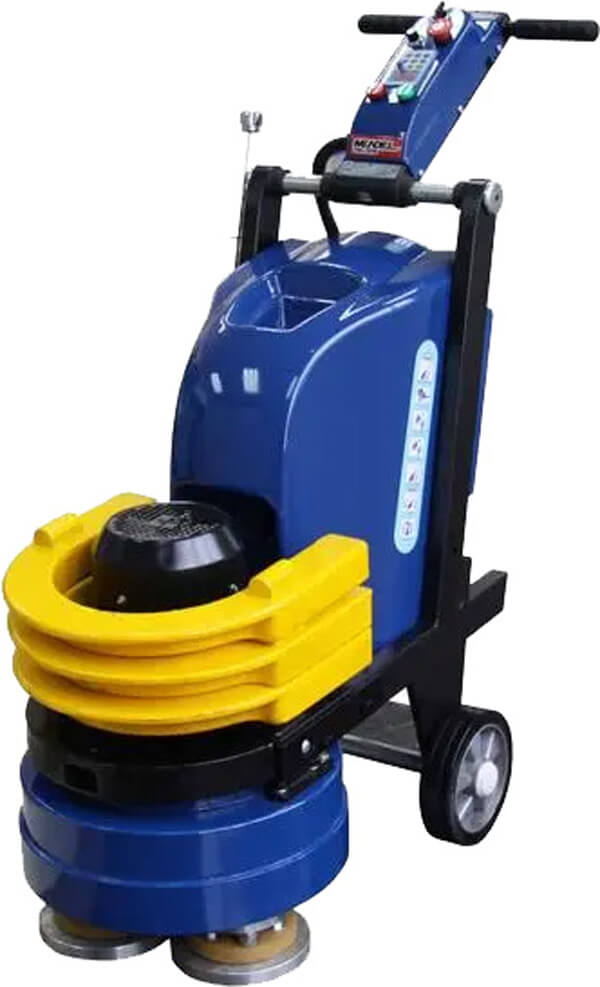
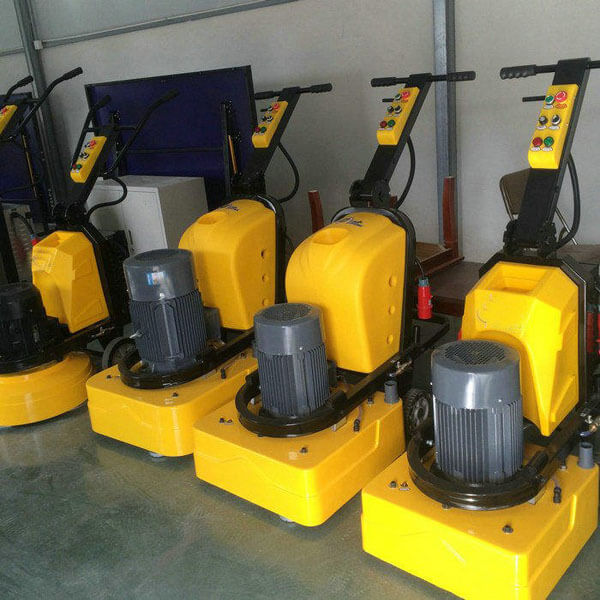
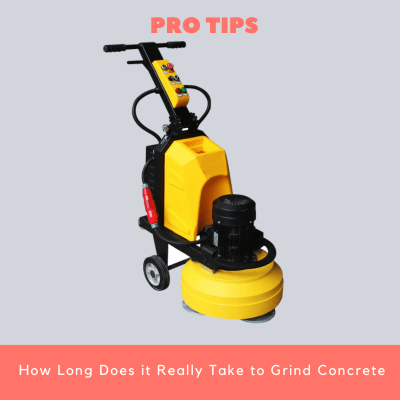
![How to Grind Concrete Floor The Guide [Step by Step]](https://www.machinesl.com/wp-content/uploads/2023/12/How-to-Grind-Concrete-Floor-The-Guide-Step-by-Step.png)
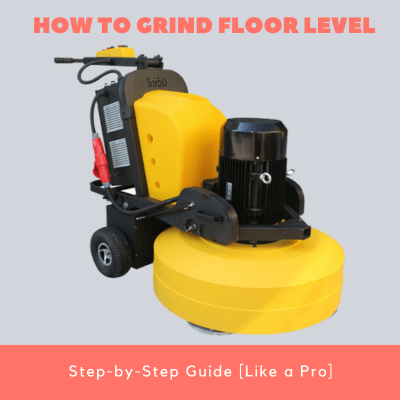
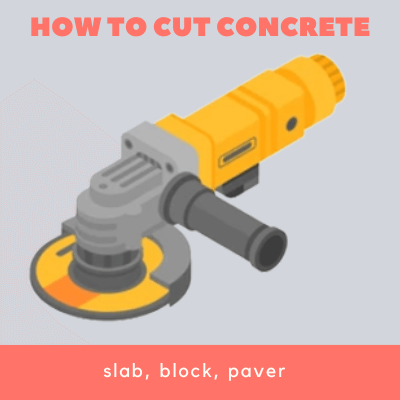
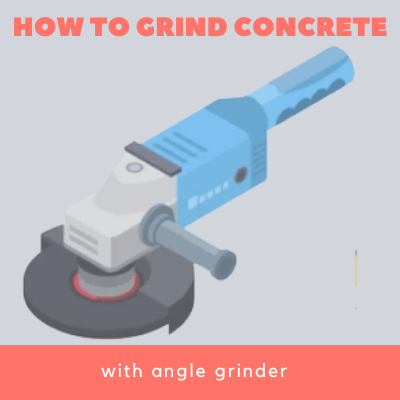
Leave A Comment